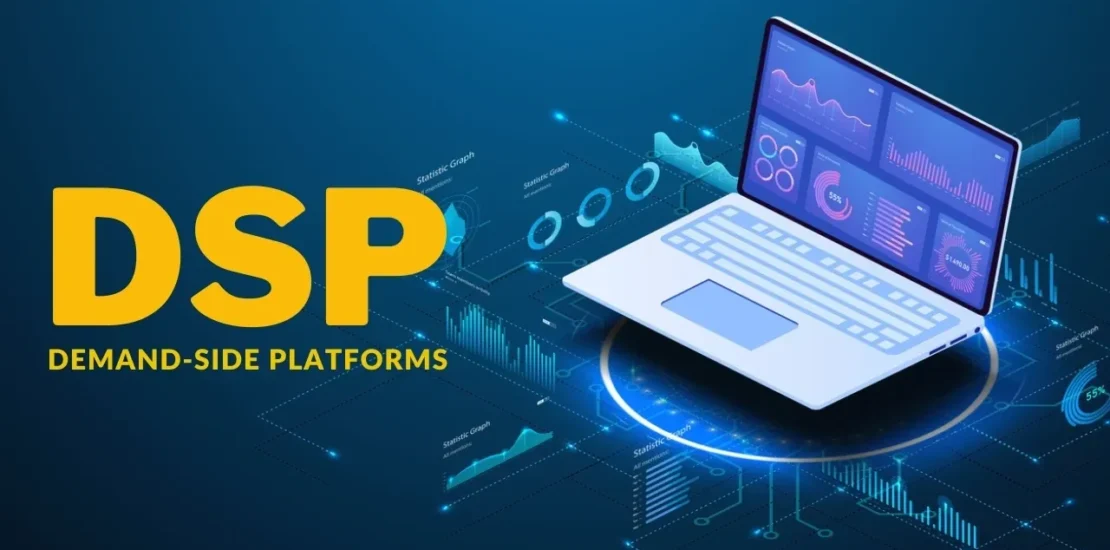Demand-Side Platforms (DSPs) in Programmatic Advertising
- January 24, 2025
- Posted by: Singhanio Sumeet
- Category: Programmatic Advertising

History of DSPs:
Demand-side platforms emerged in the early 2000s as a response to the growing complexity of digital advertising. Advertisers needed a streamlined solution to efficiently purchase ad inventory across various online channels. DSPs provided the answer by offering a centralized platform for real-time bidding and ad optimization.
How DSPs Work:
DSPs utilize sophisticated algorithms and data analysis to facilitate the automated buying of ad impressions in real-time auctions. Advertisers can specify their targeting criteria based on factors such as demographics, interests, and browsing behavior. The DSP then bids on ad inventory that matches these criteria, ensuring maximum relevance and efficiency.
Key Features and Benefits:
- Targeted Advertising: DSPs enable advertisers to reach their desired audience with precision, maximizing the impact of their campaigns.
- Real-Time Optimization: With access to extensive data insights, DSPs continuously refine ad placements to improve performance and ROI.
- Scalability: Whether you’re a small business or a global corporation, DSPs offer scalability to meet your advertising needs.
- Transparency: Advertisers have full visibility into ad placements and performance metrics, empowering informed decision-making.
Present-Day Demand:
In today’s digital age, the demand for DSPs has skyrocketed as advertisers seek efficient ways to navigate the ever-expanding online marketplace. With consumers spending more time online than ever before, the need to deliver targeted, engaging ads has never been greater.
Industry Trends and Innovations:
- AI and Machine Learning: DSPs are leveraging AI and machine learning technologies to optimize ad delivery and enhance targeting capabilities.
- Cross-Channel Integration: As consumers engage with content across multiple devices and platforms, DSPs are evolving to facilitate seamless cross-channel advertising.
- Privacy Compliance: With increasing emphasis on data privacy regulations, DSPs are prioritizing compliance measures to ensure responsible data usage and consumer trust.
Examples of DSPs
.png/:/cr=t:0%25,l:0%25,w:100%25,h:100%25/rs=w:1280)
As of my last update in January 2022, the landscape of Demand-Side Platforms (DSPs) is extensive and constantly evolving. Here are some prominent DSPs that have gained recognition in the digital advertising industry:
- Google Display & Video 360 (formerly DoubleClick Bid Manager)
- The Trade Desk
- Amazon DSP (Demand-Side Platform)
- MediaMath
- Verizon Media DSP (formerly Oath)
- Adobe Advertising Cloud DSP
- Centro Basis
- Amobee DSP
- Xandr (formerly AppNexus)
- Adform DSP
These are just a few examples, and there are many other DSPs available, each with its own unique features and capabilities. It’s essential to research and evaluate DSPs based on your specific advertising goals, target audience, and budget to determine which platform best suits your needs. Additionally, new DSPs may emerge, and existing ones may undergo updates or rebranding, so staying informed about industry trends is crucial for making informed decisions.
Conclusion:
As we look towards the future of digital advertising, Demand-Side Platforms remain at the forefront of innovation and efficiency. With their ability to deliver targeted, personalized ads at scale, DSPs empower advertisers to connect with their audience in meaningful ways. Whether you’re a seasoned marketer or new to the game, embracing the power of DSPs is key to staying ahead in today’s competitive landscape.
Visit: ElseandIf Website
Contact us at the consulting ElseandIf office nearest to you or submit a business inquiry online.
